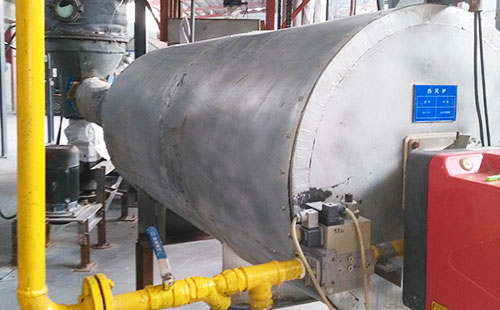
Advantages of modified aluminium hydroxide
2022-12-14- Improve the dispersion and addition of aluminum hydroxide in the resin
During the use of any flame retardant, if its agglomeration and dispersion are poor, its flame retardant effect will be seriously affected. Therefore, to improve the flame retardancy of aluminum hydroxide, it must be more evenly dispersed in the resin. Select the appropriate modifier to modify the surface of aluminum hydroxide, improve its compatibility with polymers, and then improve the dispersion of aluminum hydroxide, increase the amount of addition, so as to improve the flame retardancy of aluminum hydroxide.
- Ultra fine
The particle size of aluminum hydroxide is also an important factor affecting its flame retardancy. The finer the particle size is, the better the flame retardancy is. On the contrary, the flame retardancy is poor. Therefore, superfine treatment of aluminum hydroxide can greatly improve its flame retardancy. However, the thinner aluminum hydroxide is, the higher its viscosity is, and the more difficult it is to be processed when mixed with polymer, so it needs to be surface modified. In order to be better used in polymer, superfine aluminum hydroxide generally needs surface modification.
- Combination and synergy
In many applications, there are higher requirements for flame retardancy, and the addition of aluminum hydroxide alone can not meet the requirements of flame retardancy. At this time, it can be considered to improve the flame retardancy of aluminum hydroxide by compounding, and this goal can be achieved by adding a small amount of flame retardant synergists. For example: add zinc borate, red phosphorus, etc.



